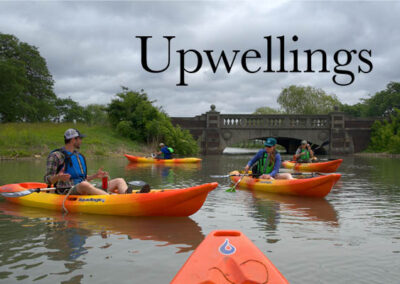
Water rescue equipment at a Great Lakes beach. Photo: Ron Kinnunen
High risk Great Lakes beach areas receive water rescue equipment
Michigan Sea Grant’s efforts included the coordination of the Great Lakes Water Safety Conference that was held in Gaylord that included participants from local coastal communities and state agencies. As a result of this workshop, participants identified a community of practice as a new effort of collaboration for the upcoming year. A Great Lakes Water Safety Consortium has now been formed that will involve national, regional, and local organizations working together to achieve the same goal of reducing drownings.
Also reported at the conference was Michigan Sea Grant’s efforts in distributing water rescue equipment to high risk Great Lakes beach areas on Lakes Michigan and Superior. This effort will continue into next year as funds will be available to secure additional equipment. There was discussion on proposed Senate Bill 265 that would exclude local units of government and state agencies from liability if they deploy rescue equipment on their beaches. Proposed Senate Bill 265 has now been put on hold as it was found that previous legislation protects local units of government and state agencies from liability when they deploy water rescue equipment on their beaches.
The good news is that the Great Lakes Dangerous Currents educational efforts do have impacts. Statistics compiled by the National Weather Service have shown that the Dangerous Currents educational efforts are working as fatalities have been declining in recent years. In 2012 there were 102 fatalities related to Great Lakes dangerous currents and this declined to 68 in 2013, 54 in 2014, and 40 in 2015.


